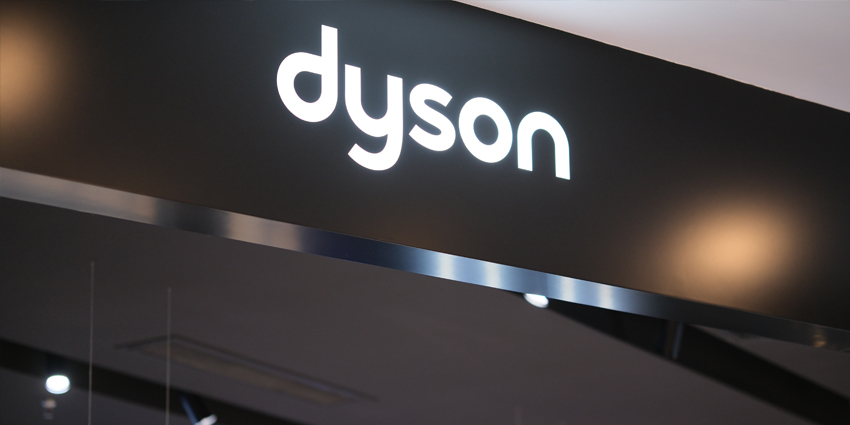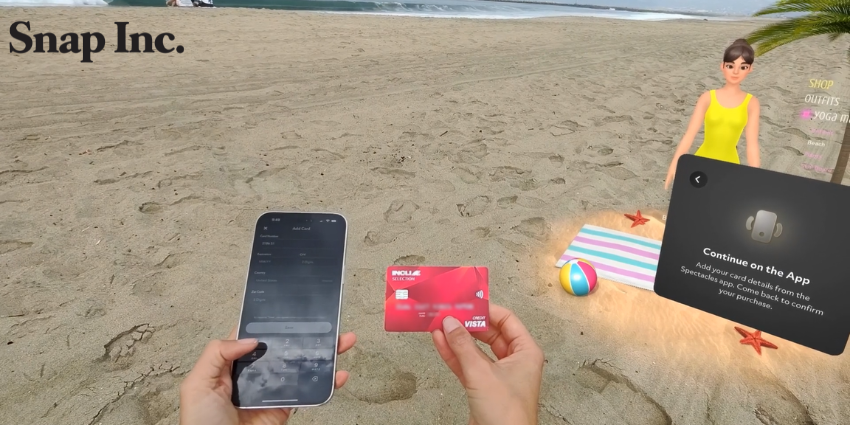Recently, a promotional video for Dyson went positively viral. In the clip, the vacuuming product manufacturer showcased a smartphone AR application that works alongside a Dyson Gen5 detect stick vacuum, showing where a user has cleaned and where they haven’t. While the Dyson CleanTrace consumer-facing application is pretty basic in its immersive features, this assistive reality solution is an insight into how AR visualisations may integrate into everyday life, away from smart glasses and headsets.
Dyson is only making its AR service available for iPhone 12 Pro or later, leveraging the device’s built-in LiDAR scanner to highlight vacuumed sections of a floor, which updates in real-time in accordance with the vacuum’s position.
Charlie Park, Dyson Home VP of Engineering, explained that Dyson developed the AR solution with lessons learnt via its robotic vacuum product, which uses a similar technology, “We realised that we could all learn a thing or two from the methodical cleaning approach of our robot vacuums. Unlike most humans doing the cleaning, Dyson robots know where they are in the room, where they have been, and where they have yet to go,” Park said.
Park also added:
With the Dyson CleanTrace, we add this extra layer of cleaning intelligence to the Gen5detect vacuum. It gives you the ability to see where you have and haven’t cleaned, which, combined with our on-board particle sensing technology, gives proof that the floor is truly clean.
The firm plans to publically debut the Dyson CleanTrace solution in June 2024, with no confirmation for future support for other end devices.
A Sign of Times to Come
XR is not limited to a single device or type of device. Already, end-devices from smart glasses, headsets, tablets, smartphones, and future products like 3D holographic monitors support XR in all forms.
As the Dyson CleanTrace application highlights, AR service distribution on smartphones can experience an increased scale, visibility, and understanding when deployed on such a commonplace technology, where the learning curve is lower than that of headsets and controllers.
XR technology is not limited to headsets or wearables. It expands beyond these devices to create various use cases on hardware such as 3D monitors, virtual film productions, and smartphones. Industry experts need to understand what an XR device is and how it is evolving, with companies such as LG and Samsung leading the way.
Cameras on Samsung and Apple devices can already record spatial video, making them XR devices. Therefore, understanding the market also requires understanding the definition of XR devices, including the range of devices that go beyond headsets and fall into the emerging tech sphere. It’s essential to recognize that not everyone wants to wear a headset, so there are valid use cases beyond this.
It’s worth noting that many companies that have recently entered the XR device market have transitioned from producing smartphones to producing XR devices. The XR marketplace includes headsets and other end devices such as smartphones, computer monitors, automated cars, and robotics. Any hardware that can translate spatial XR data into an end-user experience or solution can be considered part of the XR marketplace.
The Value of Spatial Data
Now that the XR space is experiencing more significant investments and interest in AR/MR from firms like Apple, with this comes an improved level of accessibility for the emerging technology space. Notably, digital twins are increasing in usage across industrial segments, and optimised AR-to-smartphone delivery could allow for a more significant adoption curve.
Compared to VR experiences, AR/MR can require far less computing power to render, enabling a more extensive range of end devices to interact with an immersive object – in the enterprise, this can reach use cases such as product review, repair, and virtual product showcases.
Moreover, with emerging streaming and XR cloud delivery solutions from firms, including but not limited to Hololight, Innoactive, and NVIDIA, are helping to boost the reliability of AR/VR/MR/spatial data streaming to increase the accessibility of emerging XR solutions.
Light-AR experiences on the consumer side, like Dyson’s service, are worth noting as they clearly show how practical use cases are emerging in new and innovative ways, with cross-over to job roles such as maintenance or cleaner positions. The XR marketplace is still emerging, so as it grows, innovative firms will leverage spatial data to create innovative new use cases for XR technology.







